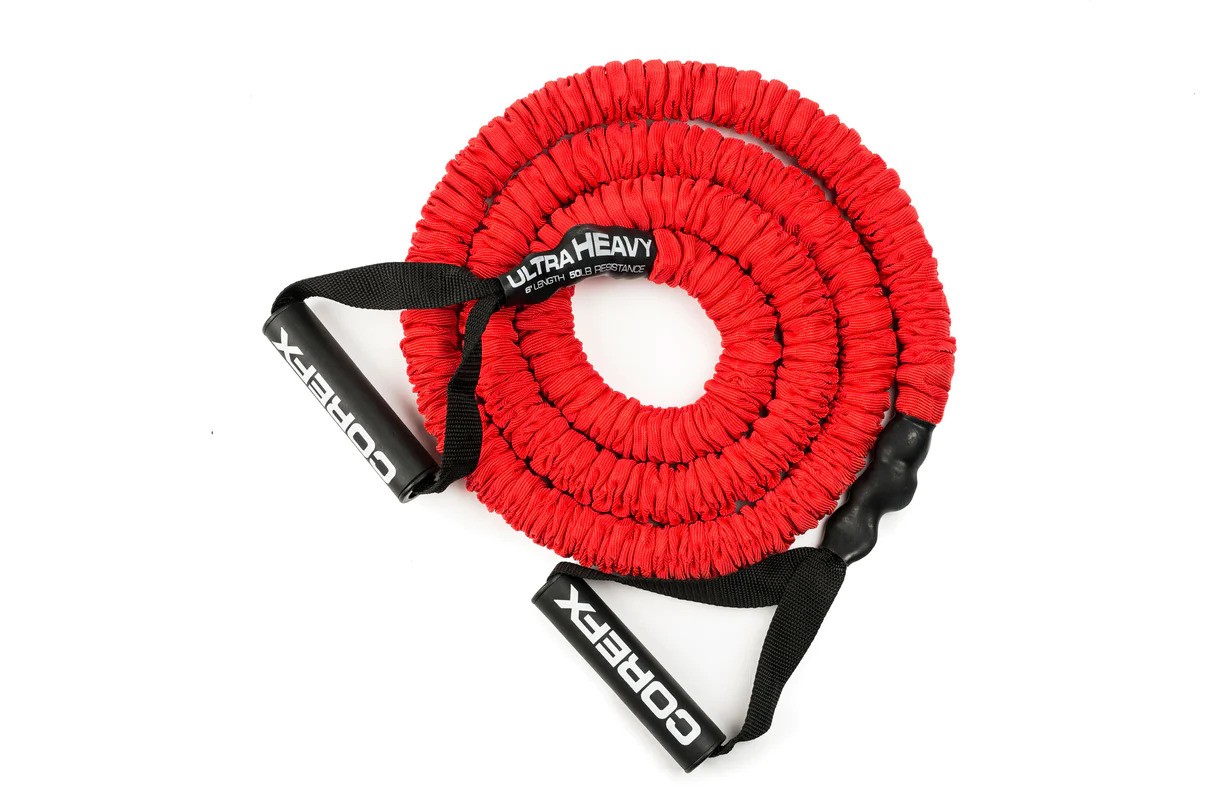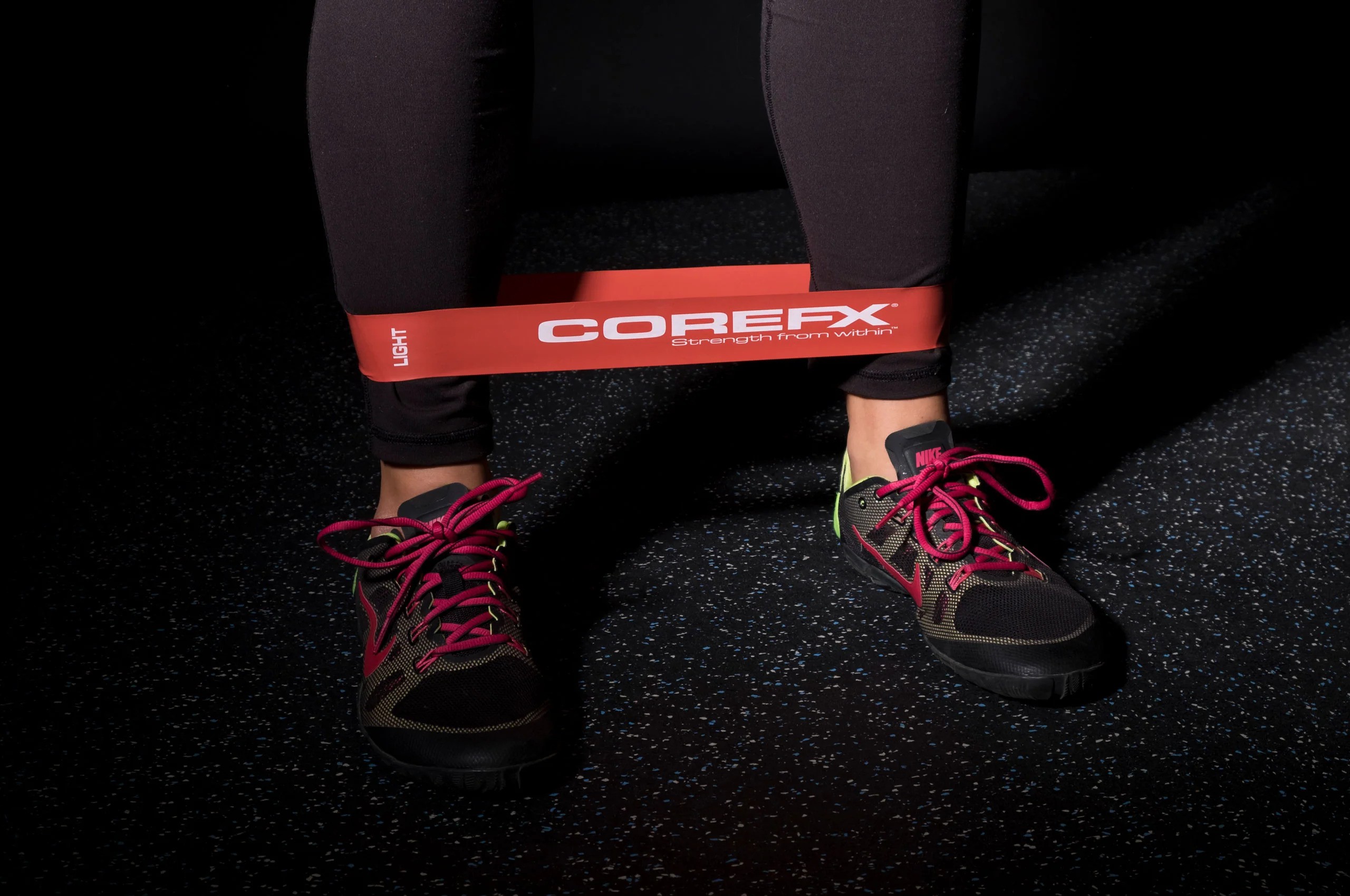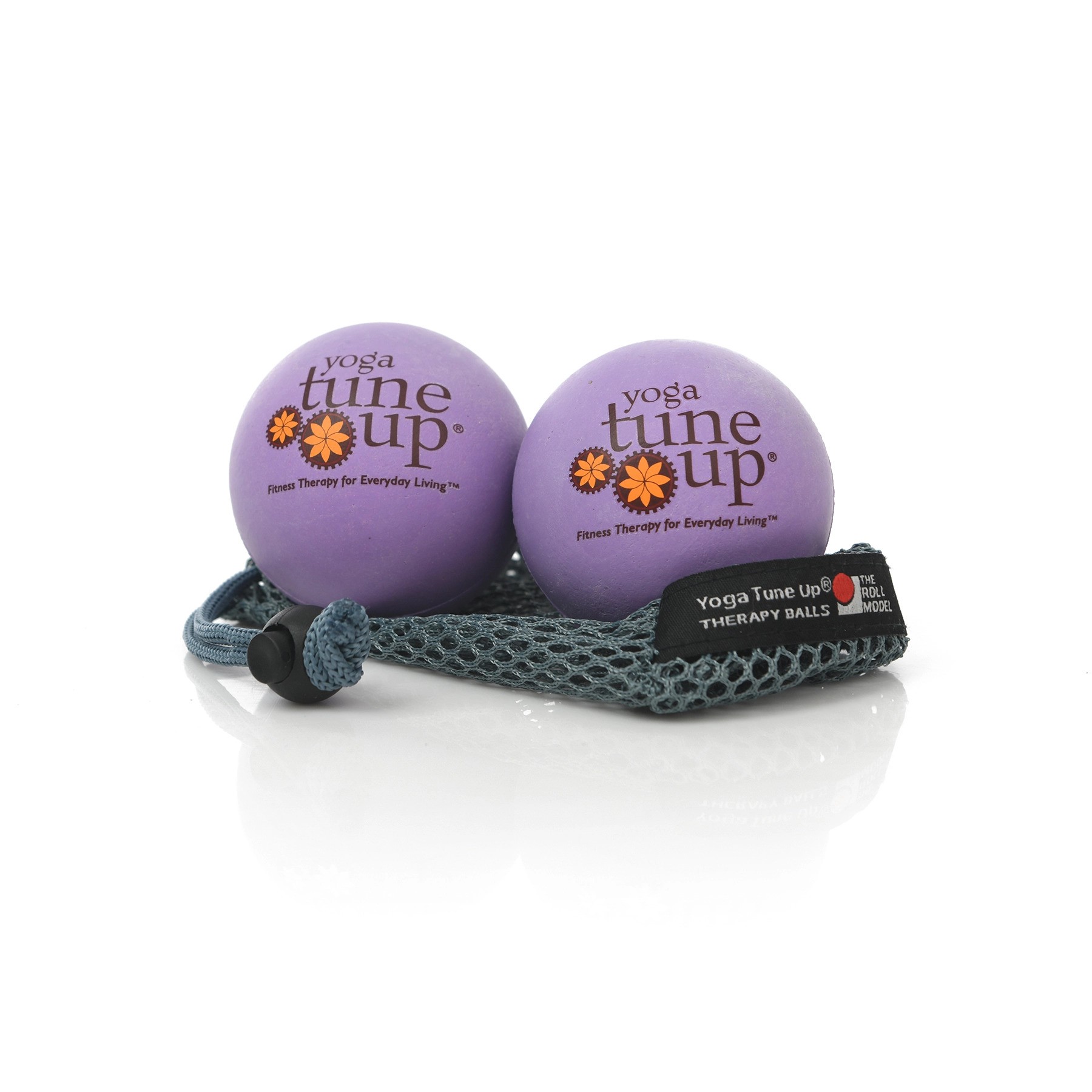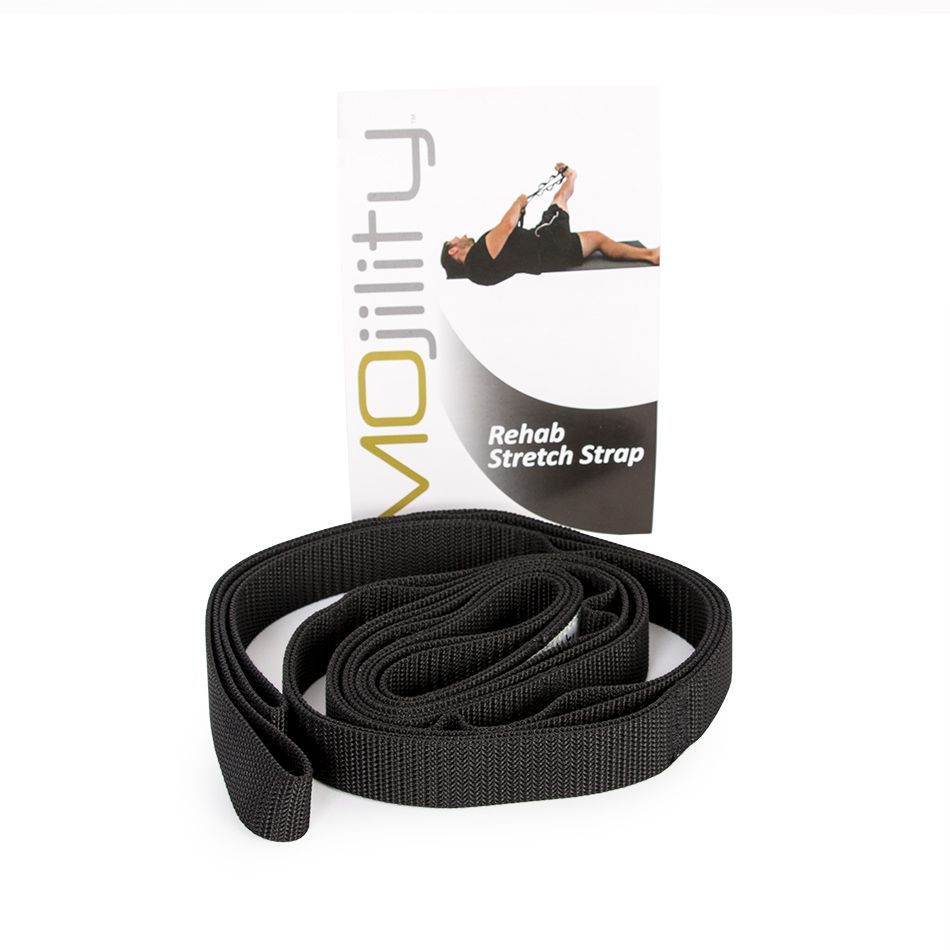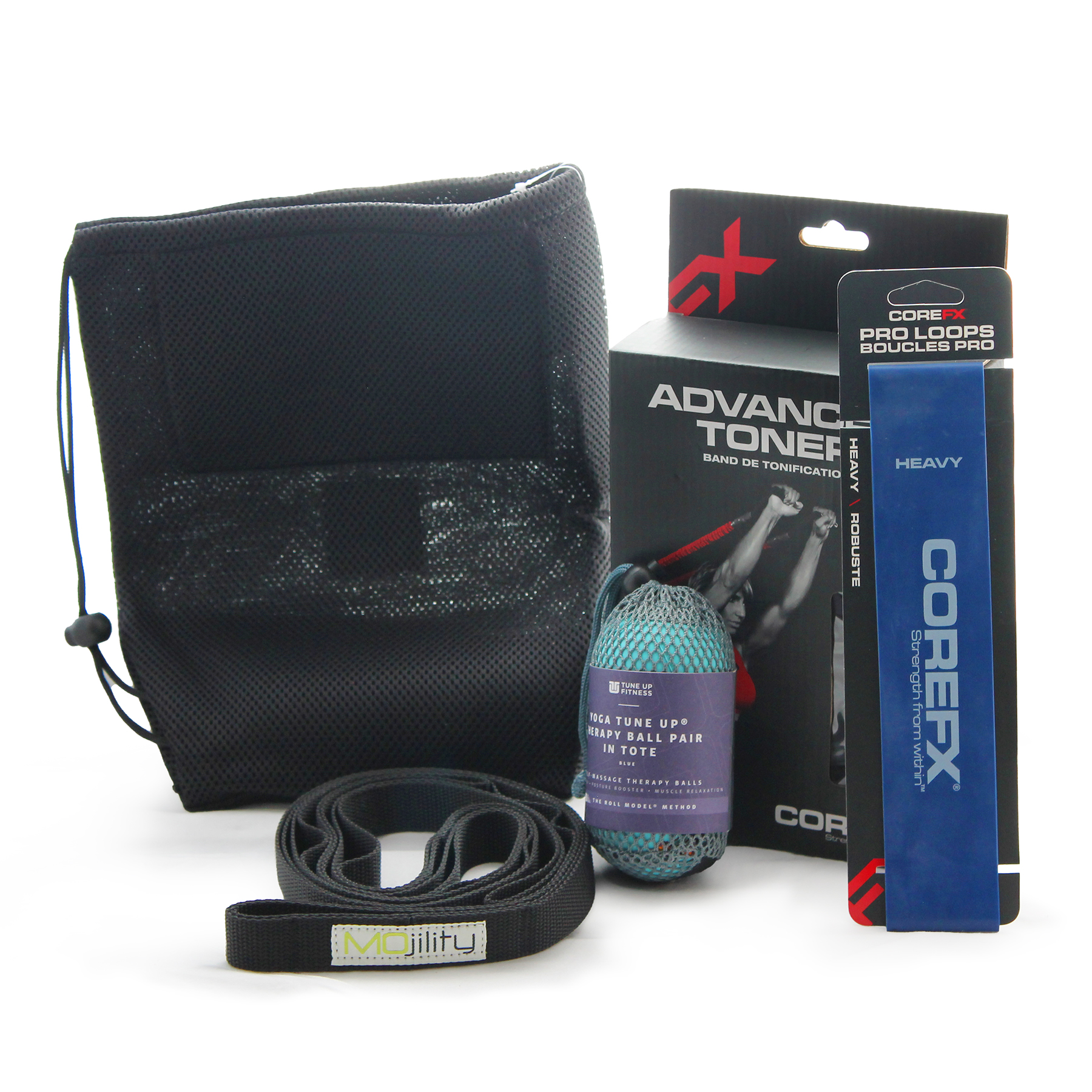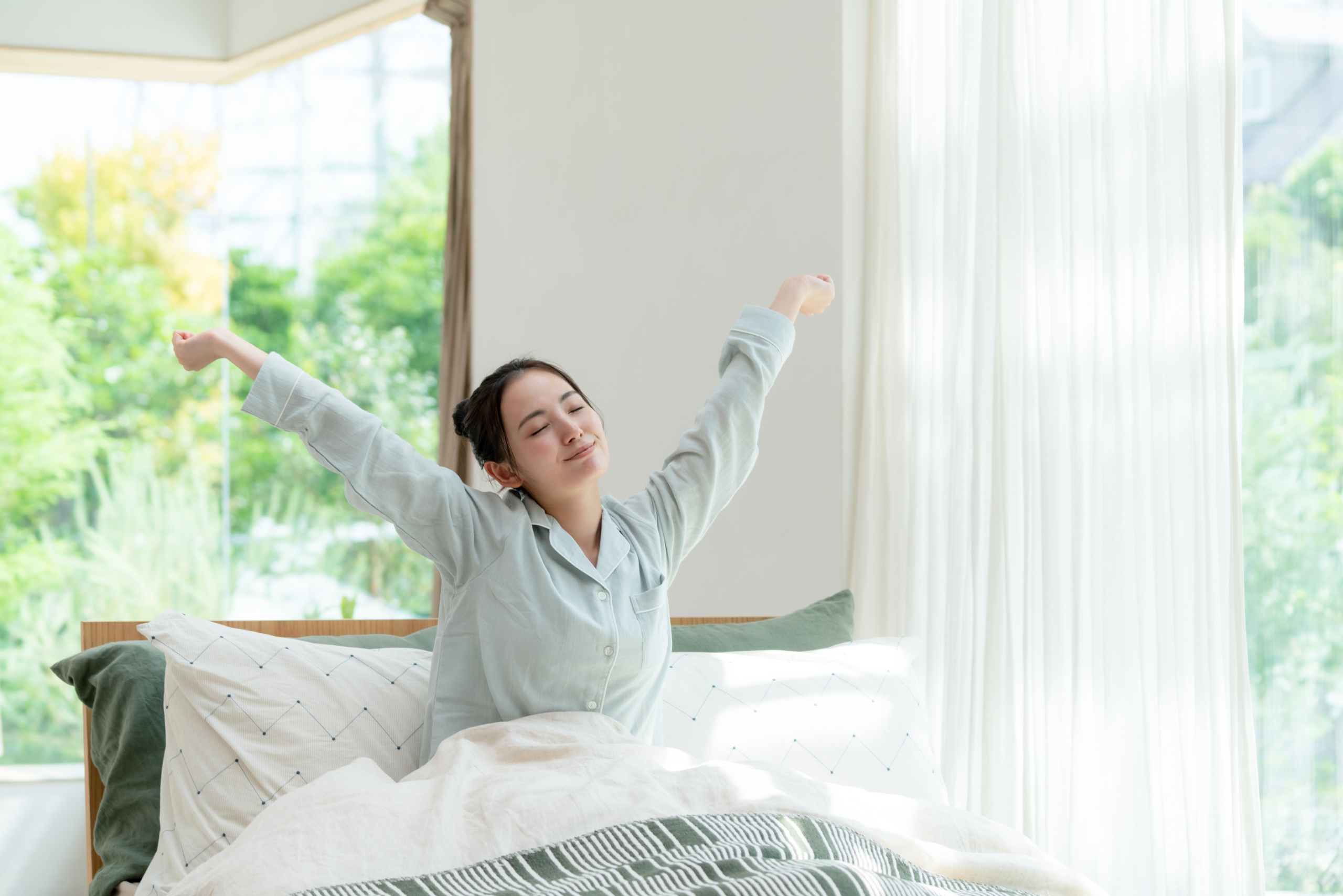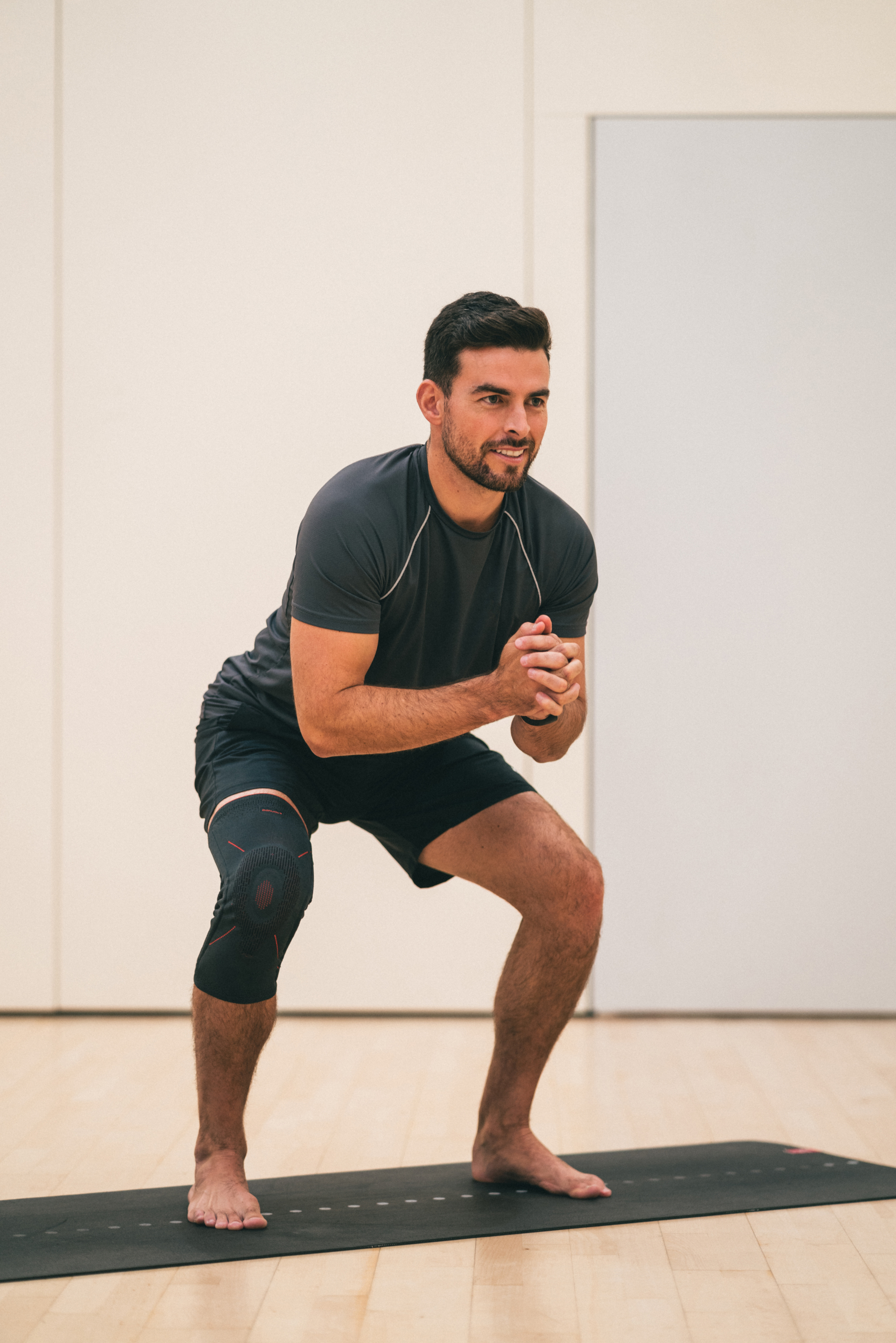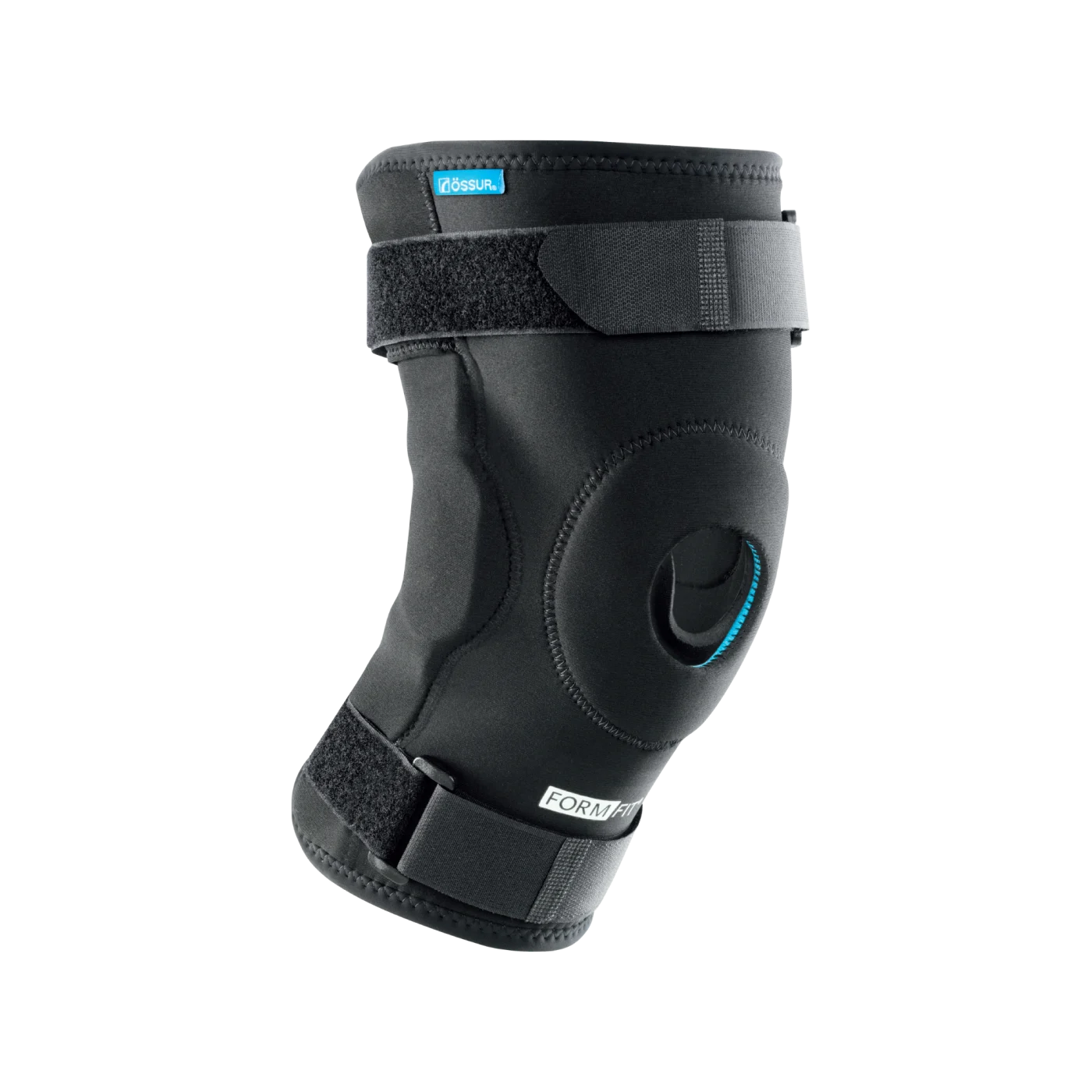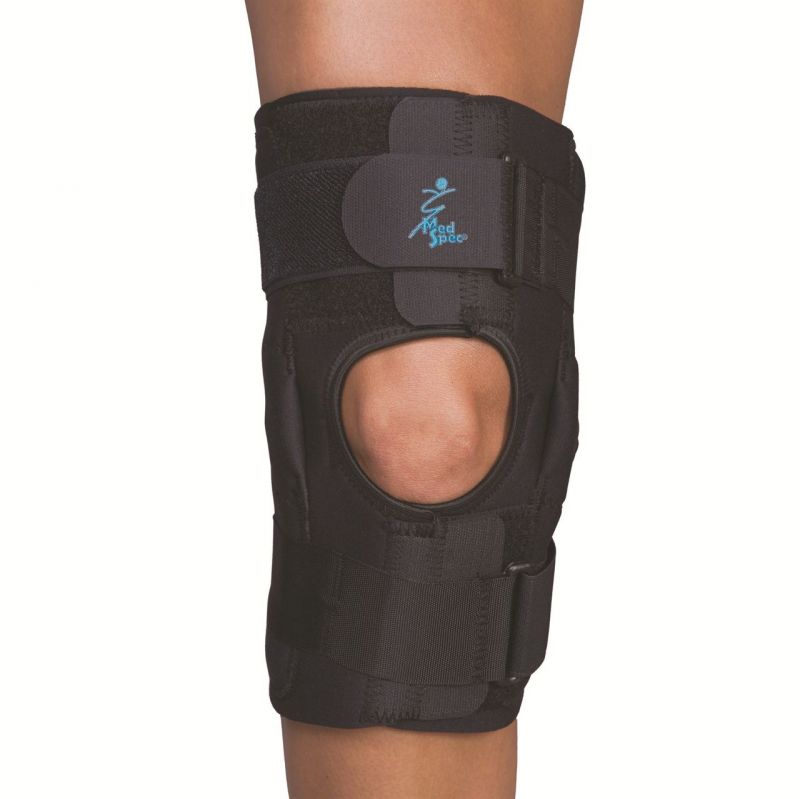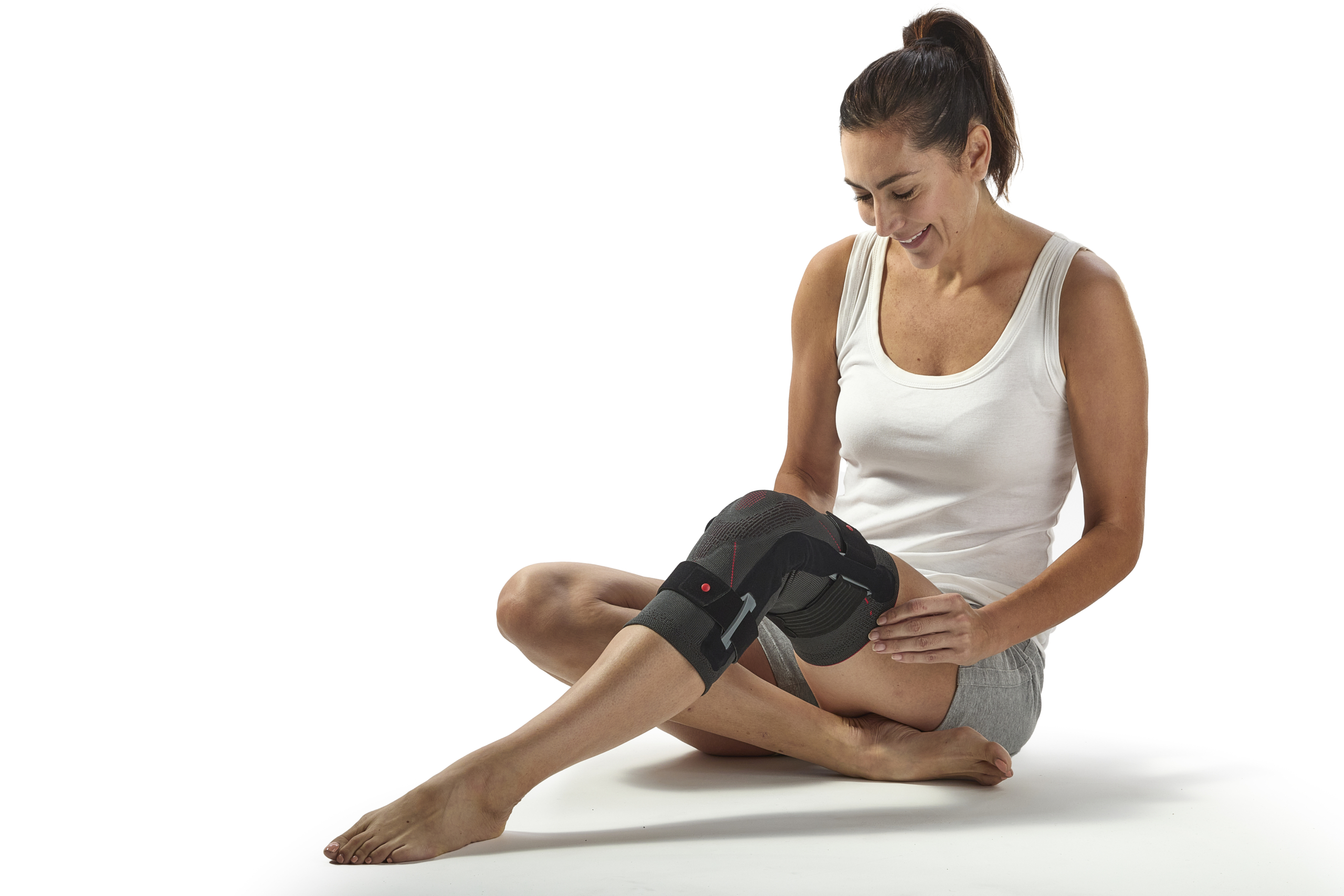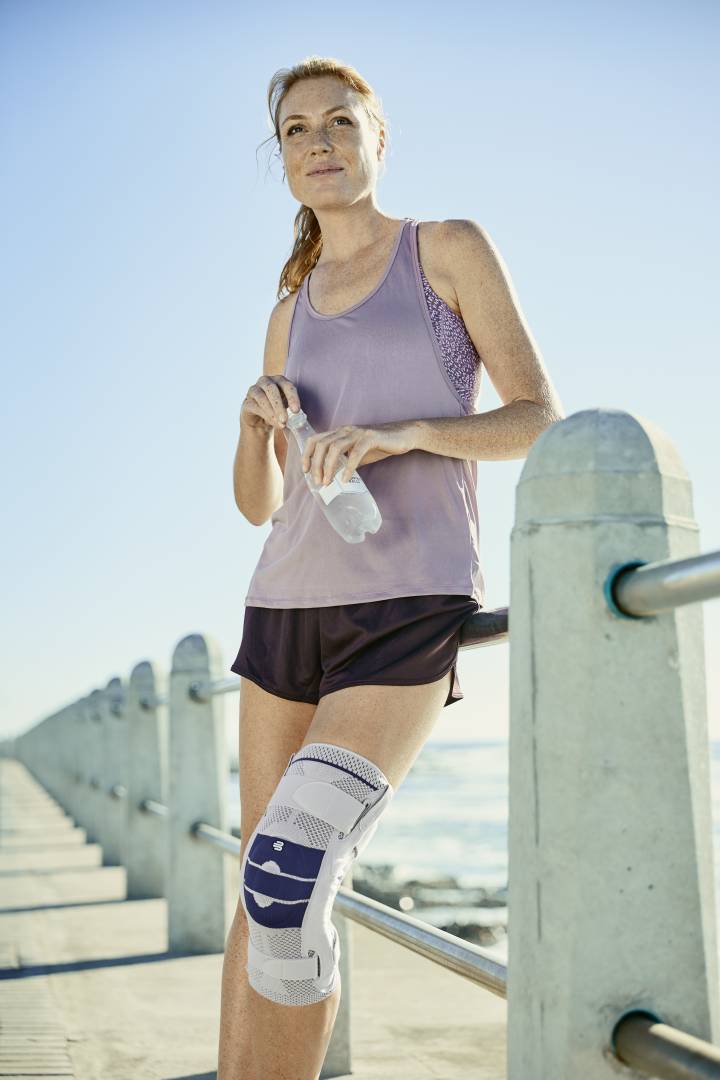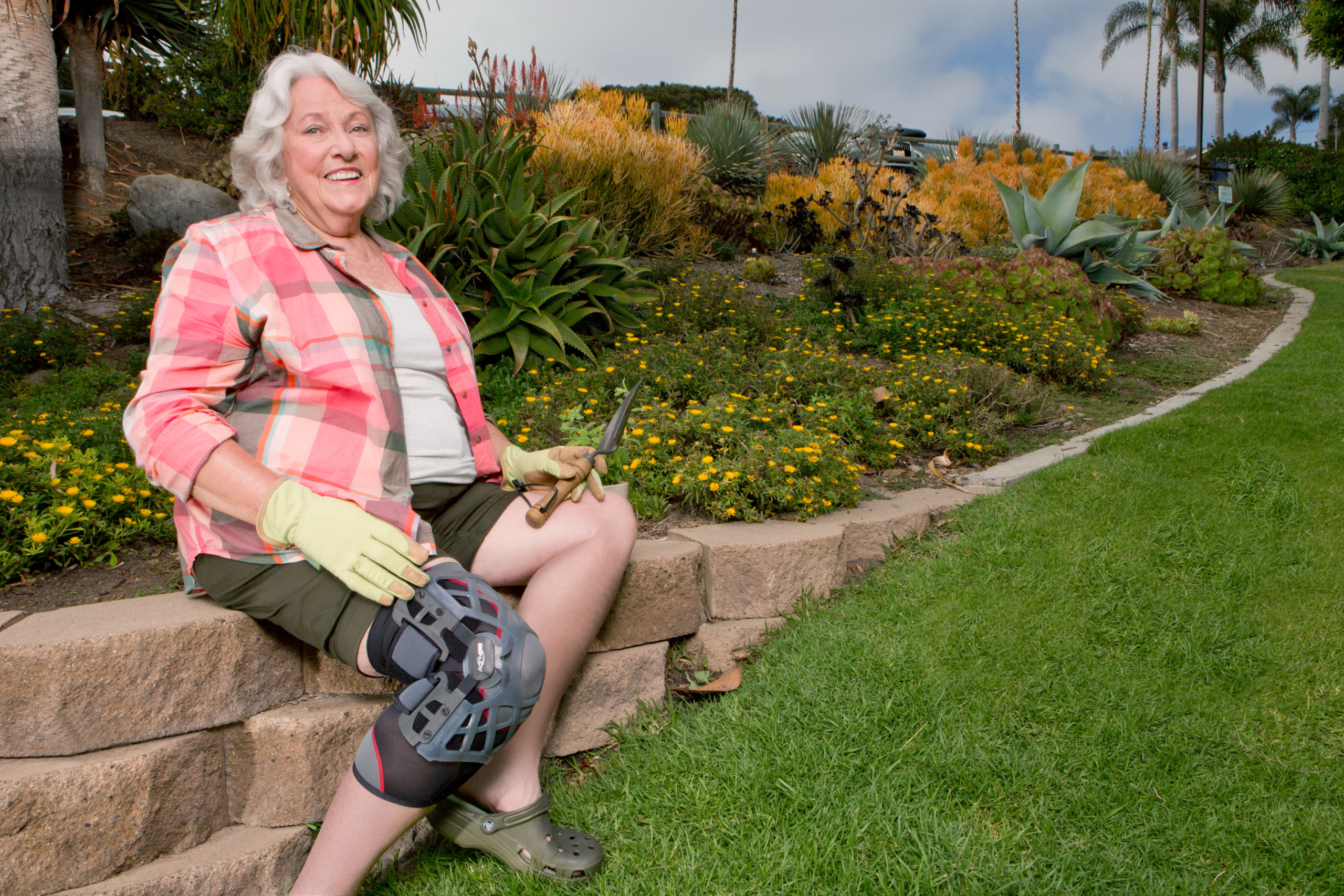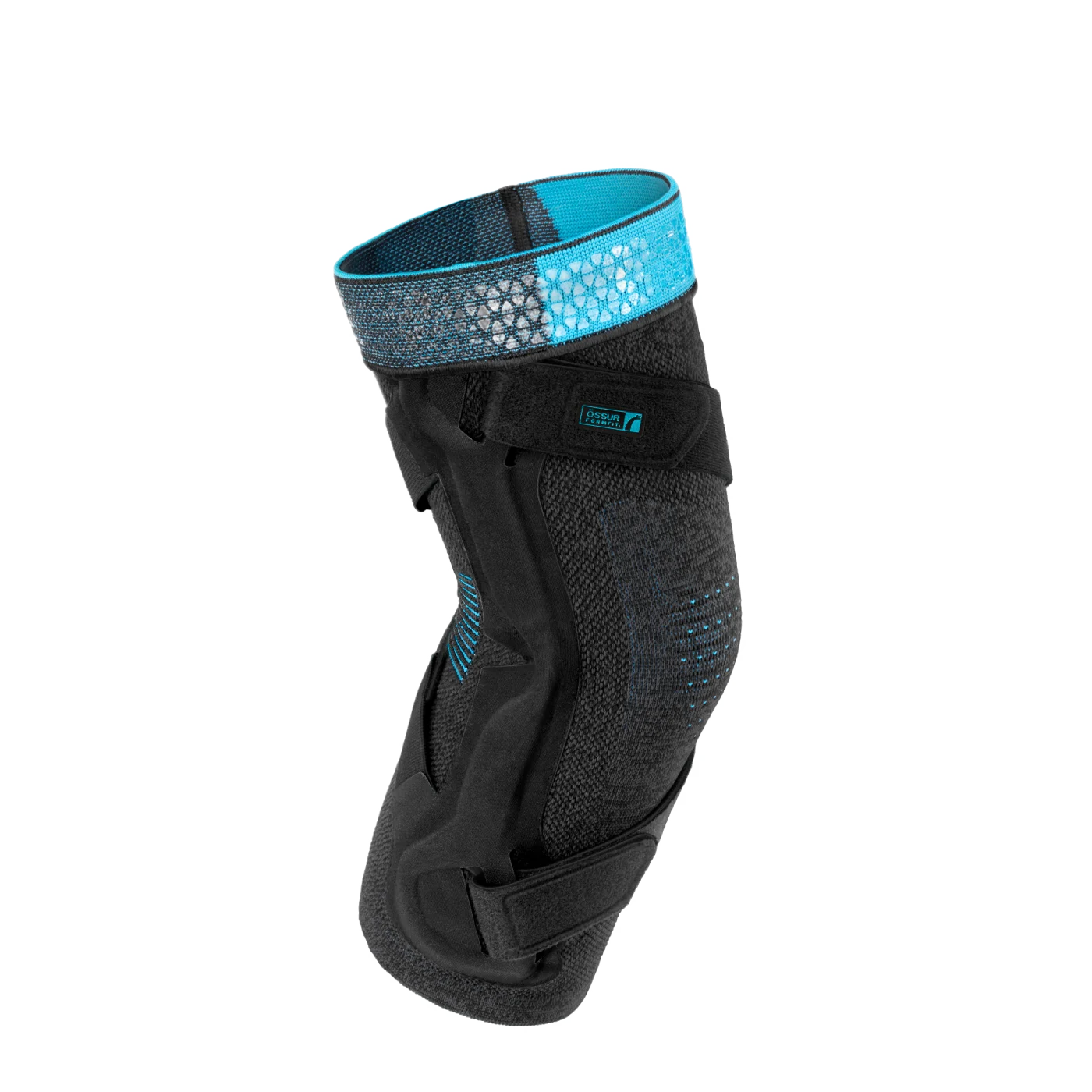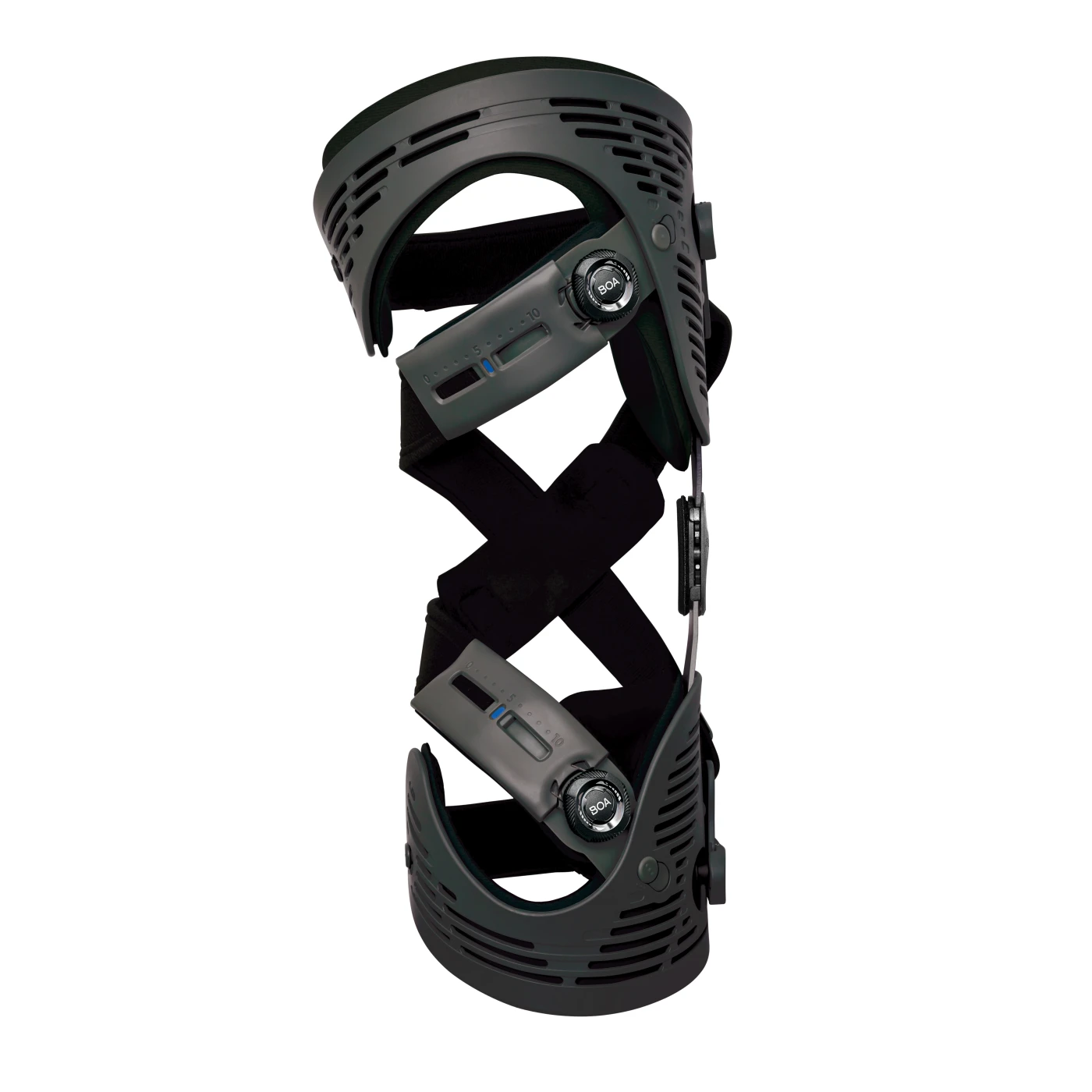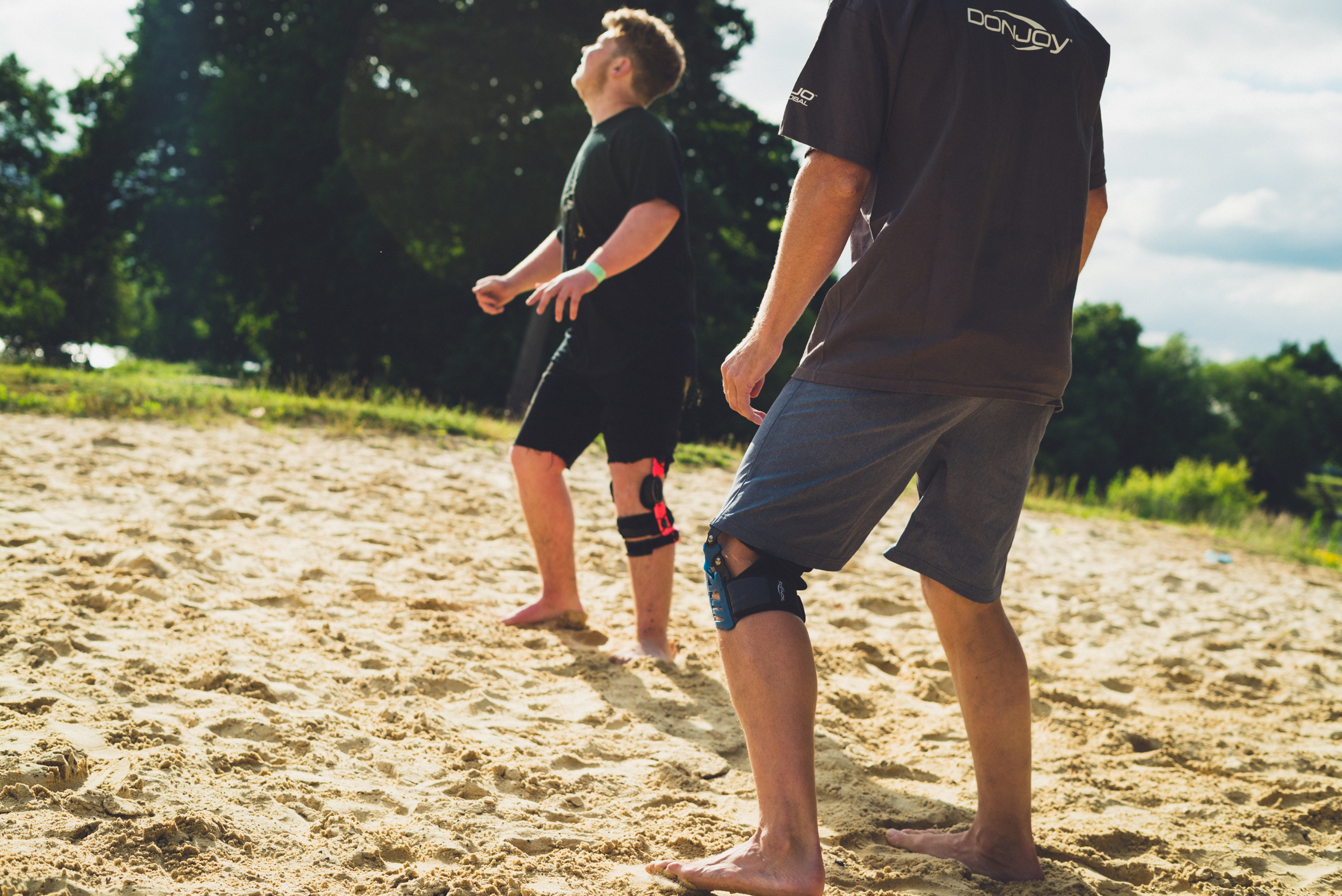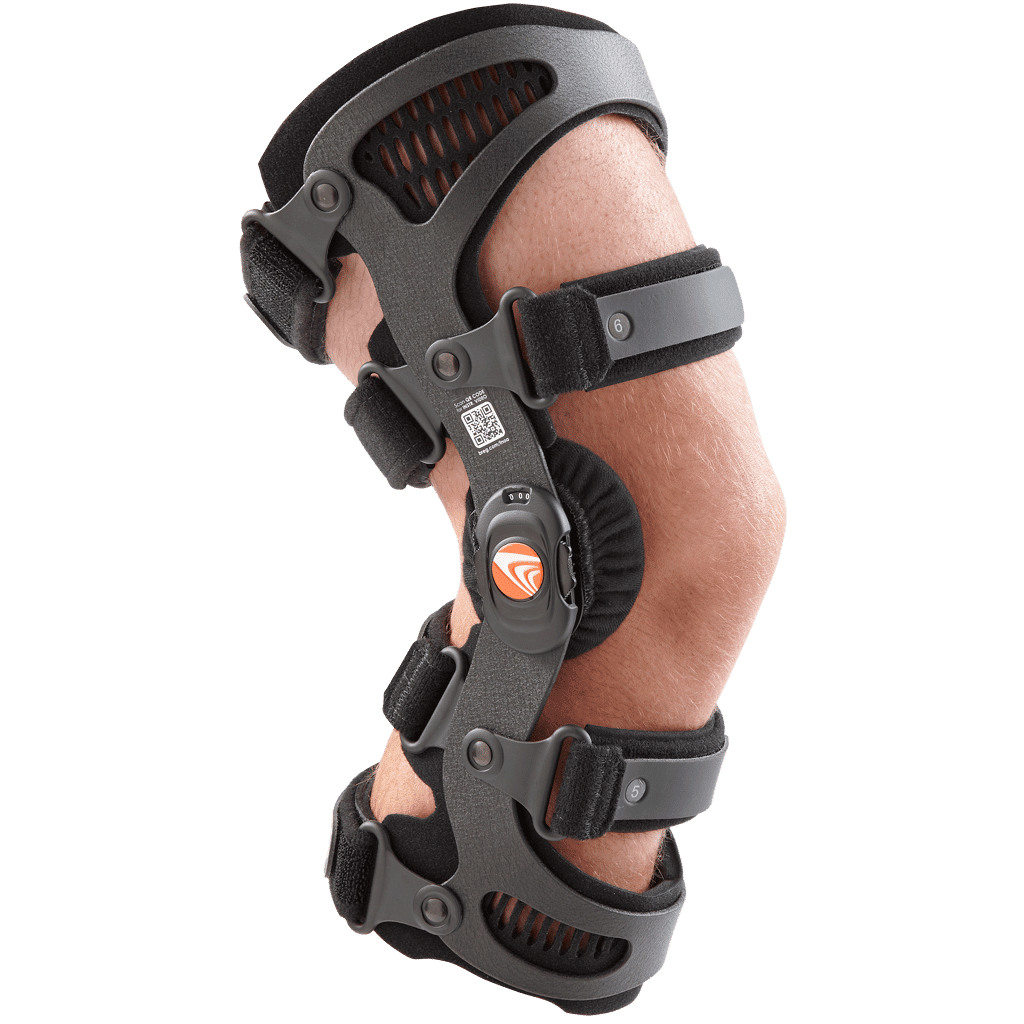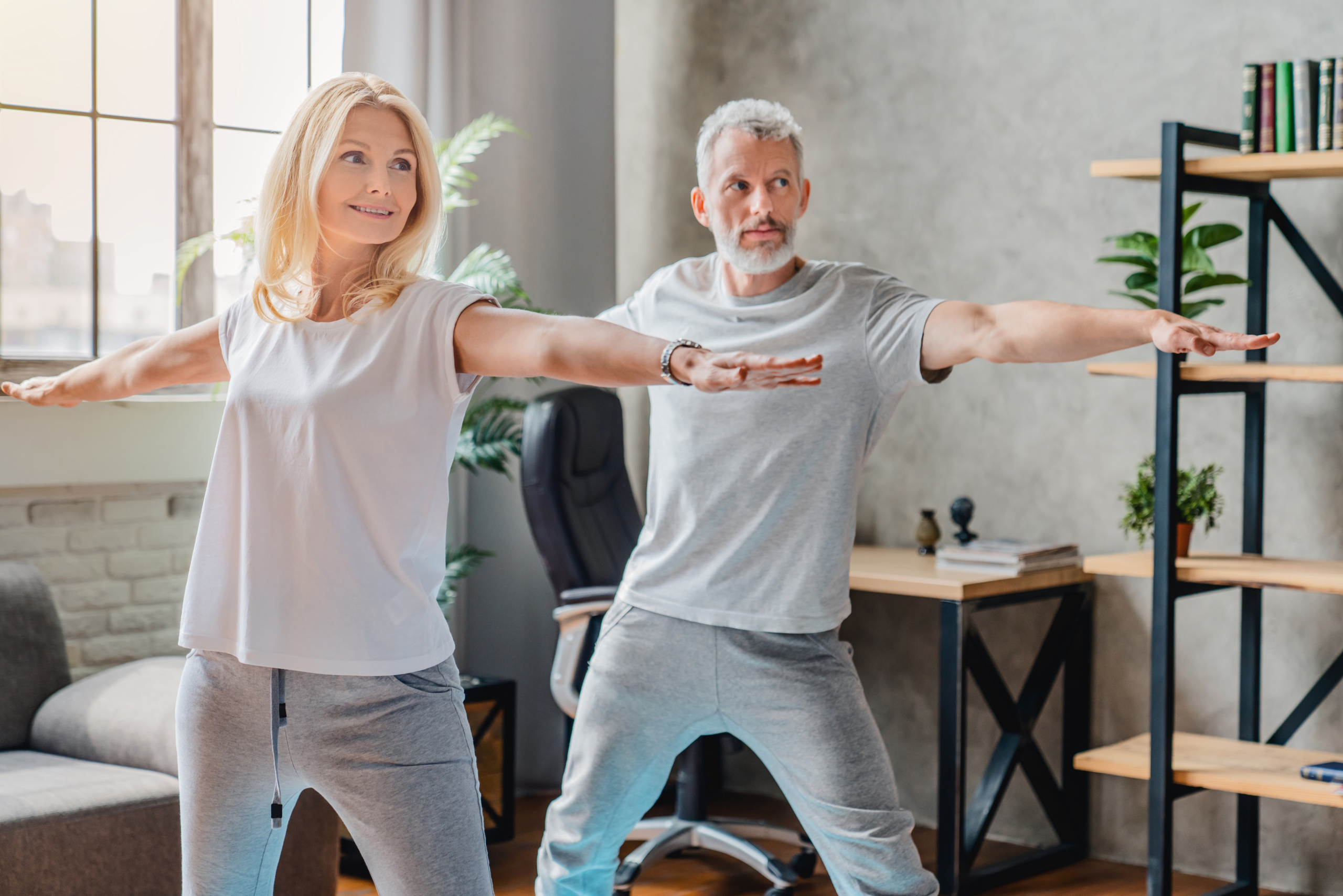Osteoarthritis, a degenerative joint disorder, presents a prevalent health challenge impacting millions globally. Its effects on daily life are profound, manifesting as pain, stiffness, and limitations in mobility. In this blog, we explore the pivotal relationship between weight management and osteoarthritis, emphasizing the crucial role that maintaining a healthy weight plays in effectively managing and potentially alleviating the symptoms of this condition. By understanding the intricate connections between weight and osteoarthritis, individuals can empower themselves to make informed decisions that positively impact their joint health and overall well-being.
Understanding Osteoarthritis
Osteoarthritis is characterized by the breakdown of cartilage, the protective tissue at the ends of bones in the joints. With cartilage deterioration, bones begin to rub against each other, leading to pain and stiffness. According to statistics, osteoarthritis is one of the leading causes of disability globally, underlining the pressing need to address and manage its triggers. While it can affect any joint in the body, weight-bearing joints such as hips, knees, and spine are particularly vulnerable with the impact of weight on Osteoarthritis being the most here.
The Link Between Weight and Arthritis
One significant factor influencing the risk and severity of osteoarthritis is body weight. Excess weight puts additional stress on weight-bearing joints, such as the knees and hips, which can accelerate the breakdown of cartilage. This breakdown occurs due to the increased pressure on the joints, leading to the deterioration of the protective cartilage tissues. Scientific evidence suggests that for every extra pound of weight, the pressure exerted on these joints multiplies significantly, ranging from three to six times. This amplified pressure contributes to the wear and tear of the joints, heightening the susceptibility to osteoarthritis. Supported by recent comprehensive studies and expert opinions, the correlation between obesity and the increased incidence of osteoarthritis emerges as a compelling and well-established connection in the medical field.

Benefits of Maintaining a Healthy Weight
The good news is that weight management can have a profoundly positive effect on osteoarthritis. Losing weight not only reduces stress on the joints but also helps in slowing the progression of cartilage deterioration, thereby improving overall joint function and health. Additionally, beyond the direct benefits to joint health, weight loss can lead to enhanced mobility, decreased pain levels, and an overall boost in quality of life. This underscores the importance of proactive weight management as a key factor in making significant strides in managing osteoarthritis and promoting better joint health outcomes in the long run.
Strategies for Managing Weight and Osteoarthritis
Managing weight can be a challenging task, especially when one is battling osteoarthritis. However, with proper guidance and support from healthcare professionals, it is possible to achieve significant weight loss goals that have a positive impact on joint health. Some strategies that individuals with osteoarthritis can consider for effective weight management are:
- Set Realistic Goals: When aiming for weight loss, it’s recommended to target a gradual reduction of about 1-2 pounds per week. This approach is not only safe but also sustainable in the long run.
- Healthy and Balanced Diet: Eating a balanced diet, rich in fruits, vegetables, lean protein, and whole grains can aid in weight loss while providing essential nutrients for joint health. Avoiding highly processed foods and sugary beverages is crucial in maintaining a healthy weight.
- Incorporating Physical Activity: Regular physical activity has numerous benefits, including aiding in weight management. Low-impact exercises such as walking, swimming, and cycling are excellent options for individuals with osteoarthritis as they put less strain on the joints while still providing a good workout.
- Seeking Professional Support: Consulting a registered dietitian or a personal trainer can provide valuable guidance in creating a personalized weight management plan that takes into account any limitations caused by osteoarthritis.
- Mindful Eating: Being mindful of eating habits, such as portion control and listening to hunger cues, can prevent overeating and promote healthier food choices.
- Tracking Progress: Keeping track of weight loss progress can serve as a motivator and help identify any areas that need improvement or adjustments in the weight management plan.
- Gain Muscle Mass: Remember, it is key to replace fat weight with muscle mass. As you track your weight, track your Body Mass Index (BMI) as well to know that you are losing weight in a healthy manner.
- Opt for Nutrient-Dense Foods: Prioritize incorporating anti-inflammatory foods into your diet to promote joint health. Include a variety of nutrient-rich options such as leafy green vegetables, nuts, seeds, and fatty fish like salmon or mackerel.
- Stay Active: Engage in regular low-impact exercises such as swimming, cycling, or brisk walking to maintain joint flexibility and strength. These activities are gentle on the joints while offering numerous health benefits.
- Seek Psychological Support: Remember, maintaining a positive mindset and staying motivated are crucial elements in achieving long-term success in managing weight and promoting overall well-being. Your mental attitude plays a significant role in supporting your physical health journey.

The Ball is in Your Court
Understanding the intricate interplay between weight and osteoarthritis highlights the significant impact of weight management in effectively managing this persistent condition. While navigating the hurdles of attaining and sustaining a healthy weight presents challenges, the advantages to joint health and overall quality of life are unequivocal.
Embark on the journey to a healthier future today by taking that vital first step towards reducing the impact of weight on osteoarthritis. By prioritizing your joint health, not only will you experience gratitude from your joints, but your holistic well-being will witness remarkable enhancements. Remember, in this pursuit, you are not alone. Cultivating a culture of sharing personal triumphs and effective strategies can nurture a supportive community that uplifts everyone involved.
If you or someone you care about is grappling with weight management and osteoarthritis, seize the moment to seek assistance. Engaging with healthcare professionals can yield personalized guidance that will guide you toward improved joint health. Book a consultation today with one of our esteemed healthcare specialists by visiting: https://kinemedics.com/book-a-consultation/.
